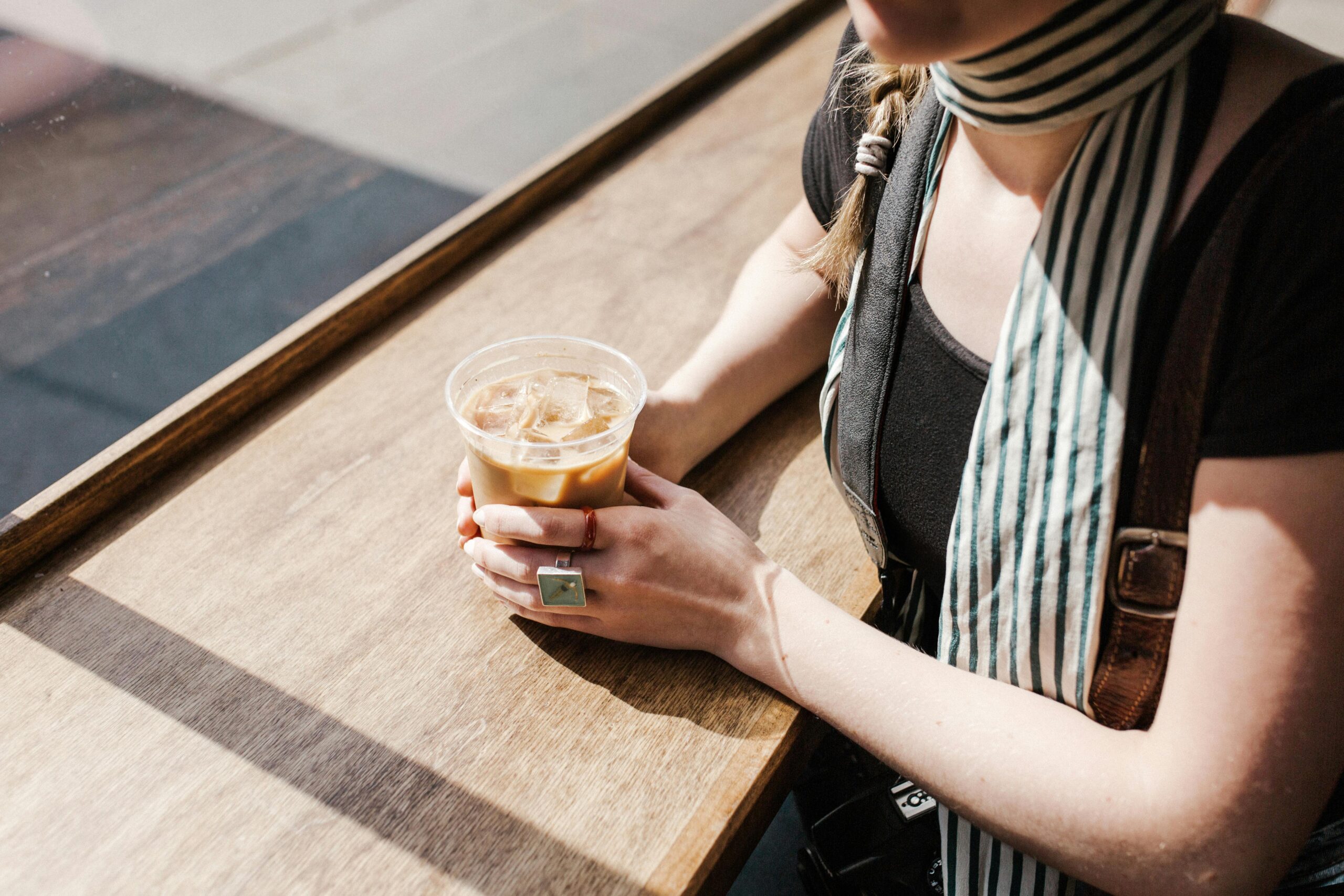Decoding Coffee Roasts: Understanding Light, Medium, and Dark is about unlocking the nuances behind the very words on your coffee bag. Whether you’re a daily coffee drinker or a dedicated barista, knowing what these roast levels actually mean can transform your brew—from acidic and floral to chocolatey, smoky, or rich and bold. In this guide, we’ll explore the physics and flavor of each roast, how roasting transforms beans, how to pick what suits your taste (and brewing method), and how to taste with purpose. Let’s embark on this flavorful journey.
What Does Roasting Do and Why Roast Levels Matter?
Roasting coffee beans is a transformative process: green beans contain starches, moisture, and acids. Applying heat initiates first crack (around 196 °C), marking a light roast. As temperature rises toward second crack (~224 °C), the roast moves into medium and then dark territory. Roasting induces caramelization, Maillard reactions, and lipid changes, creating aroma, color, and flavor. At lighter roasts, origin characteristics—floral, fruity, acidic notes—shine. At darker roasts, roasted sugars, oils, and toasty or smoky compounds dominate. Wikipedia outlines these temperature stages and how oils appear at darker roasts, signaling that origin notes are being eclipsed by roast character. Wikipedia
Light Roast Capture of Origin
A light roast exhibits light brown color, dry surface, and high acidity. These beans rarely reach second crack; they typically end just after first crack. Coffee from this roast reveals terroir: citrus, floral, and fruit-forward notes, like berries or tea-like brightness. Methodical Coffee explains light roasts are sharper, sweeter, best enjoyed black or in pour-over methods to highlight clarity. Methodical Coffee Epicurious notes light roasts deliver delicate, fruity, or tart flavors. Epicurious
Medium Roast – The Balanced Middle
Medium roast beans are medium brown, slightly darker, with a few faint oils. They strike a middle ground—some origin traits remain, blended with caramel, nutty, or chocolate tones. Methodical Coffee describes them as balanced: body develops, acidity softens, and flavors broaden. Methodical Coffee Trade Coffee’s simplified guide likens their color to milk chocolate or hickory and notes they start to carry roast-derived sweetness.
Dark Roast – Bold and Roasty
Dark roast beans appear dark brown or almost black, often glossy with surface oil. At this point, the second crack has passed; flavors are dominated by roast—bittersweet chocolate, smoky, toasty, or even charcoal notes. Wikipedia explains roast flavors overpower origin, as lipid oils have surfaced and aroma compounds have transformed. Wikipedia U3 Coffee notes dark roasts have fuller body, less acidity, and often oily appearance.
Flavor Profiles at a Glance
| Roast Level | Color & Surface | Acidity | Body | Flavor Notes |
|---|---|---|---|---|
| Light Roast | Light brown, dry | High | Light | Fruity, floral, citrus, origin clarity |
| Medium Roast | Medium brown, slight sheen | Balanced | Medium | Caramel, nuts, chocolate, balanced sweetness |
| Dark Roast | Dark brown/black, oily | Low | Heavy | Smoke, bittersweet chocolate, roast-forward |
Roasting Styles & Terminology
Many traditional roast terms correspond to levels on the roast spectrum:
- Cinnamon / New England / City (Light)
- City+ / Full City (Medium-Dark)
- Vienna / French / Italian / Spanish (Dark)
The Spruce Eats gives a great breakdown of these names—from “Cinnamon Roast” (lightest) to “Spanish Roast” (black and charcoal‐like). The Spruce Eats Epicurious also notes how roast levels tie into heritage terms like French or Italian Roast. Epicurious
Debunking Common Myths
Does dark roast have more caffeine?
No. On a weight basis, caffeine levels are nearly identical across roast levels. Although darker beans are less dense, meaning a scoop may contain fewer beans (thus less caffeine by volume), weighing your coffee ensures consistency. Bon Appétit and others clarify this misconception. Bon Appétit Food & Wine echoes this: dark roast isn’t higher in caffeine. Food & Wine
Which is healthier—light or dark roast?
Light roasts retain more polyphenol antioxidants; dark roasts may have higher antioxidant activity overall but are less acidic—easier on digestion. Health Real Simple adds that medium and dark roasts can be gentler on acid reflux sufferers while still offering health benefits. Real Simple
Watch & Learn – YouTube Video
Here’s a very insightful and visually engaging YouTube video with plenty of views that illustrates the flavor and color differences across roasting levels:
(Click the thumbnail to watch—see side-by-side roasted beans, hear terminology, and get tasting cues in real time.)
How to Choose the Right Roast for You
Consider your taste preference:
- Prefer brightness, floral notes, and complexity? Go light roast.
- Want balance, with both origin and roast character? Try medium roast.
- Looking for bold, smoky, rich flavors that stand up to milk? Choose dark roast.
Pairing with brew methods:
- Light roast: best for pour-over (V60, Chemex) or AeroPress—accentuates clarity.
- Medium roast: versatile—works in drip, cold brew, espresso, French press.
- Dark roast: excels in espresso, lattes, or robust brewing methods like French press.
Peet’s Coffee notes light roasts suit pour-over, medium is all-around, and dark holds up under milk. Peet’s Coffee
Experiment and taste:
Roasting labels vary by roaster. The best way to find what you like is to taste across roast levels, ideally from the same bean or origin to isolate roast influence.
Final Thoughts
Understanding Decoding Coffee Roasts: Understanding Light, Medium, and Dark helps you taste with intention, choose what suits your palate, and elevate your brewing or café menu. From the subtle acidity of a light roast to the caramel notes in the medium, to the boldness of dark roast, each level offers a journey through flavor—and a chance to discover what resonates with you most.

